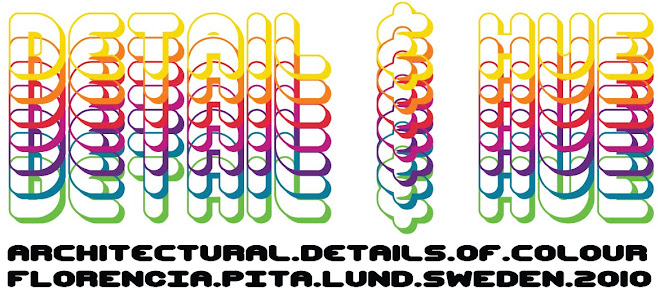 Lorenzo Bernini, Ecstasy of Saint Theresa 1647, Rome Alexander McQueen, spring 2010
Lorenzo Bernini, Ecstasy of Saint Theresa 1647, Rome Alexander McQueen, spring 2010
// INTRODUCTION
This workshop will focus on details, on the materiality, form and coloration of details. Those details would then be amplifying to each of the buildings typologies, expanding and transforming its character to meet that of a full building enclosure.
During the first part of the workshop we will work on research and morphology, we will look into an array of case studies and will study them formally using the 3D software: Maya and Rhino.
The case studies are arranged in two groups, MASS and CRUST.
MASS: it pertains to the case where a volume is modeled, such as the instance of stone and marble. Under the paradigm of Mass, we will investigate the work of Bernini and Borromini. Those two case studies represent artist/architects that present the unique ability to capture, in marble or stone, a dramatic naturalistic realism. The extremely technical and creative proficiency of their work, either in the form of Sculpture or Buildings, will serve as a basis for inquiry in this class. We will extract specific details that describe a clear technique: folding, porosity, crenellation, voluminosity, swelling, corrugation, wrinkle, ruffle, entwine, weave and flow.
Following one of those characteristics found in the original example, students will design their ‘Mass Detail’
CRUST: The second selection will be one that will add a new finish to the base Mass, the Crust will have more detail, texture and coloration, it will be deeply connected to the Mass, and instead of being a laminated ornament, it will be an engrave of a new pattern on the surface. In this portion the research source will come from fashion, we will look at design pieces that achieve a high level of composition and coloration, as well as texture and materiality. The selected designers are Alexander McQueen, Junya Watanabe, Vivienne Weswood, Emilio Pucci and Hussein Chalayan.
// CLASS FORMAT
Organized as an experimental research Laboratory instead of a typical academic class, students will develop specific fields of expertise. The class will employ Maya, Rhinoceros and other dynamic modeling software. Presentation format will alternate between digital PowerPoint presentation and Printed Boards.
Classes will be structure as follow:
1- Technical tutorials: students will learn design techniques with digital software such as: Maya and Rhino.
2- Theory Presentations: Theoretical presentation that will frame the content of the class and will engage a discussion of culture at large.
3- Desk critics: feedback with each student.
Throughout the workshop we will develop a set of architectural techniques. First in rather generic setting, in order to advance a sort of cultural catalogue of affects, effects, geometry, diagrams and systems, and then in a more focus manner.
The Workshop will confront the notion of architecture as a visual presence and explore it as a continually emerging atmospheric condition of form, culture, geometry,
One of the ambitions for the Workshop is a clear formulation of a theory of exoticism as it applies to architectural design: structure, lighting, cladding, become the form generator for architectural.
Presentation Formats:
_Pin Up: work must be printed in A3 page format, with as many pages as required in the work._Mid- Review: work must be arrange in a PowerPoint presentation format_Final Review: Work will be printed in board format, Matte finish paper.
// SCEDULE


No comments:
Post a Comment